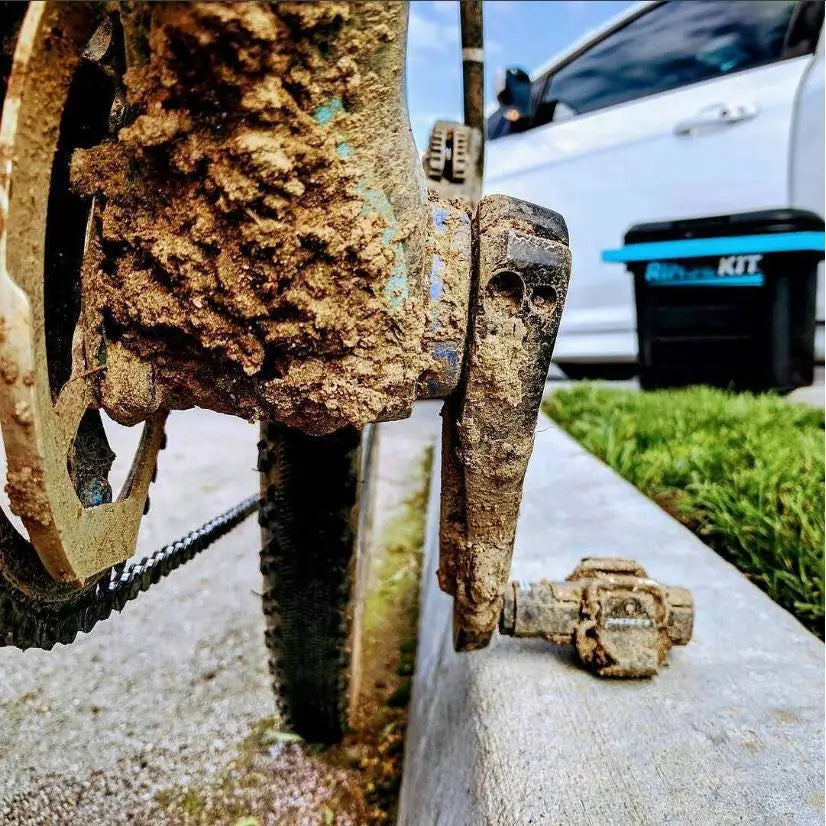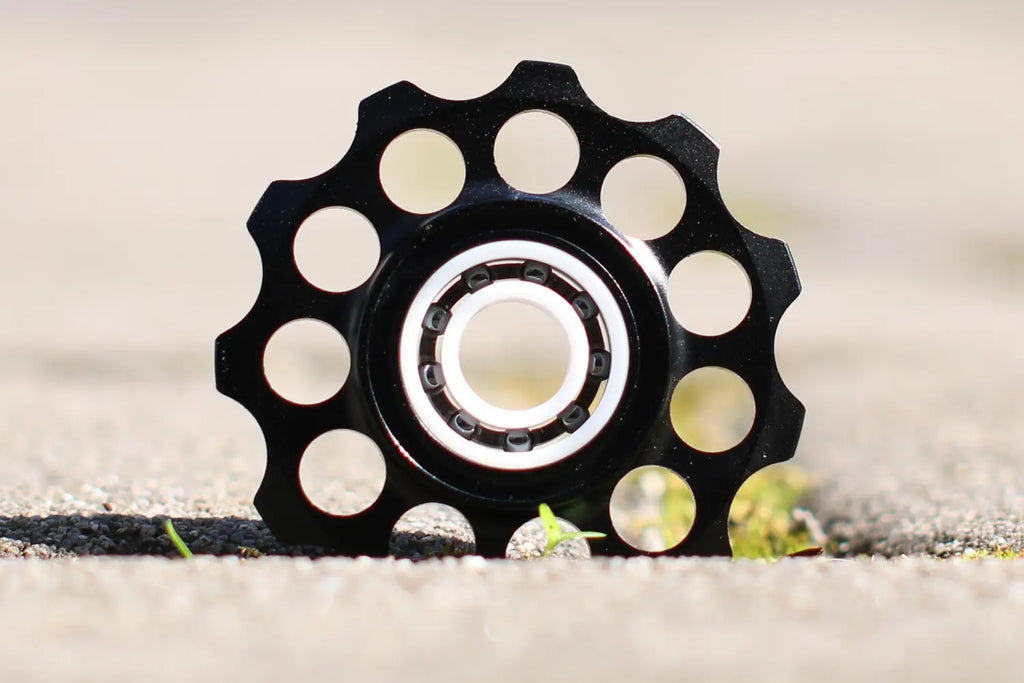Or: why we are not obsessed with building the lightest running bearings
Reading any post about bearings in the cycling media, it seems that the quality of bearings is only measured by friction tests. Or in other words: a lighter running bearing is a better bearing. I recently met with James Huang of cyclingtips.com, who mentioned he would love to test a range of bearings in a friction lab to finally see which ones are best. This made me realize it was time to address this.
Reasonable life expectation
When I started Kogel Bearings, it was out of frustration with the quality of bearings available at that time. Selling bikes that cost a couple of pay checks and having customers come back within a few months with their bearings blown to pieces, is a shop owner’s nightmare. The main goal for Kogel has always been to build a premium product that can stand the test of time.

- Nobody likes crunchy bearings after a casual day of gravel racing
I have spent a good amount of money on boutique bike parts in my life. Some were great, others not so much. The parts I disliked were usually the ones that made a lot of promises about weight or rolling resistance on paper, but then decided to crack, rip or fail before I got enough joy out of them to justify the price tag.
When we started Kogel, we thought hard about the reasonable life expectations one could get out of a bearing. We thought about a mileage, but that is very much depending on your riding conditions: road or off road, wet or dry conditions. Problem is also that bicycles are not equipped with sealed odometers, so mileage is impossible to track. We settled for 2 years, since most of our customers replace their bikes every 3 to 4 years. Stretching a bike purchase with 2 bottom brackets or sets of wheel bearings seemed like a reasonable number, even though we know it is highly arbitrary.
How to make the lightest running bearing
Let’s think about the main causes of friction in a bearing. Once the balls are of a high quality, the races are hardened to the right level and everything is polished smoothly, the main causes of friction are seals and grease. With seals, the more contact they make with the races, the higher the friction and the better the bearings are protected against contamination. Greases work roughly the same: thick, water proof grease adds a lot of friction, but better protection. A light oil or wax based lubrication causes less friction, but offers less durability.
Thinking along the lines of the typical bearing test (lower friction is better), the best bearing in the world is the one that has light seals and super thin lubrication. Or better yet: the best bearing in the world is the one that has no seals and no lubrication. I hope you see the problem here: in this test, the best bearing also has the worst durability.

- No seals, no grease. This pulley is ready to win any friction comparison. Still, we would not consider this the best bearing set up in the world for bicycles.
Why we do not obsess over lowest friction
Building the best bearing is a balancing act. Compare it to handlebars: everybody loves light handlebars, but nobody likes TOO light handlebars.
Within reason, we can design a bearing that runs incredibly well and is probably light years ahead of the stock bearings included with any bike in a major builder’s catalog. This also brings us within 98% of the lightest friction we can squeeze out of a bearing. To reduce the last 2% of friction, we need to compromise on durability in a way we are not willing to do.

